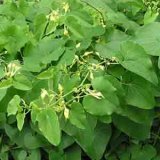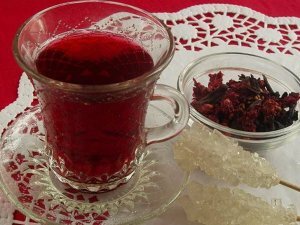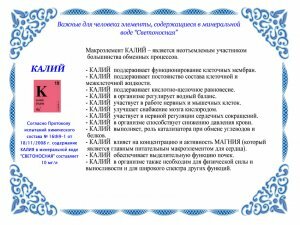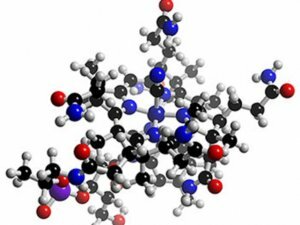Medicinal plant Kirkizon

The medicinal plant of Kirkazon( Aristolochia clematitis L.) belongs to the family of Kirkazone( Aristolochiaceae).It grows practically throughout the European part of the former Soviet Union. The treatment uses rhizomes, fruits and leaves of the plant.
Description
Kirkazon is a herbaceous plant, its height can reach 50 cm, it is naked. Has an erect and simple stem. The petiolus leaves have a heart-shaped form, and the lower ones are gray. There are yellow flowers, which are arranged in bundles in the corners of the leaves;At the base there is a bloated perianth, tubular in shape, extending into the ligulate bend at the top;The plant has 6 stamens, which have fused with a column, and the stigma of the pistil is radiant, six-lobed, it lies in the lower wide part of the perianth. Box with 6 nests. Flowering is growing in summer.
Chemical composition of
Alkaloids are found in the rhizomes, such as magnoflorin, aristolohin, a small percentage of essential oil, tannins, bitter substances, acids: noraristolohievaya and aristochlora. The leaves contain aristolohin and its acid, a small fraction of essential oil, saponins, carotene, organic acids and an unexplored glycoside. Seeds found fatty oil, aristolohin and its acid.
Pharmacological properties and use of
Kirkazon - a medicinal plant that has many centuries of history of application by peoples. His healing properties are well described by Ibn Sina. He described that the plant is used as an ointment, ointment cleanses, opens blockages;Cleanses malignant ulcers;Use it for gout, epilepsy, strengthens the gums, can be used for asthma and hiccups. Ibn Sina uses the word "aristolhia" for the name of this plant, and not the Kirkason. This word comes from two words: "ariston", which means "best", and "lokhos", translated as "woman in childbirth".Thus, it can be concluded that this is the best tool for giving birth to women.
Any medicinal form, whether tincture of leaves or rhizomes, decoctions and infusions, is used in folk medicine for wheezing, dropsy, coughing, wounds and skin rashes. Extracts( ethereal or aqueous alcohol) from the leaves and rhizomes of this plant have antimicrobial and protistocidal properties. This medicinal plant is low-toxic, increases the number of cardiac contractions, also dilates the peripheral blood vessels, slightly excites respiration, also has a diuretic effect, reduces the tone of uterine contractions and their strength, and in patients with hypertension with the first phase reduces pressure.
However, not everyone shares this optimistic view of security of use. According to some, the plant is poisonous and due to its content in it of aristolocholic acid, it is considered a capillary poison. Someone believes that the plant kirkazon causes a risk of hemorrhagic nephritis. Therefore, use this plant with caution.
Preparations based on this plant are prescribed in small doses for hypertension, to reduce pressure. In addition, a good effect is observed with swelling, exhaustion, gout, increased excitability, pulmonary tuberculosis and colds.
Infusions of water based on grass are used for compresses and baths for furunculosis, skin itching, purulent skin lesions. In the course of experiments, it was found that the kirkason has a stimulating effect on the work of the heart, and the infusion from the rhizomes is effective as an expectorant.
Preparation and Uses of
- Roots are cut and take one teaspoon, which is filled with a glass of cold water. Insist should be for 8 hours, then filtered and drunk in portions throughout the day. It should be used according to the doctor's prescription, as an antipruritic and analgesic.
- The chopped roots in the amount of 2 teaspoons are poured into two glasses of water and then boiled for 30 minutes. Filter and make local compresses as directed by a doctor.
- Half a teaspoon of dried leaves should be poured with boiling water and then boil for a quarter of an hour. Then cool and drain. Assign such a decoction inside a tablespoon up to 4 times a day.
- Half a teaspoon of grass should be poured with boiled water, and then insist for eight hours, then filtered and taken in. Take a quarter cup to 3 times a day.
- Dry grass in the amount of half a teaspoon pour half a glass of water and insist for a week. After filtering the infusion, drink 20 drops three to four times a day.



